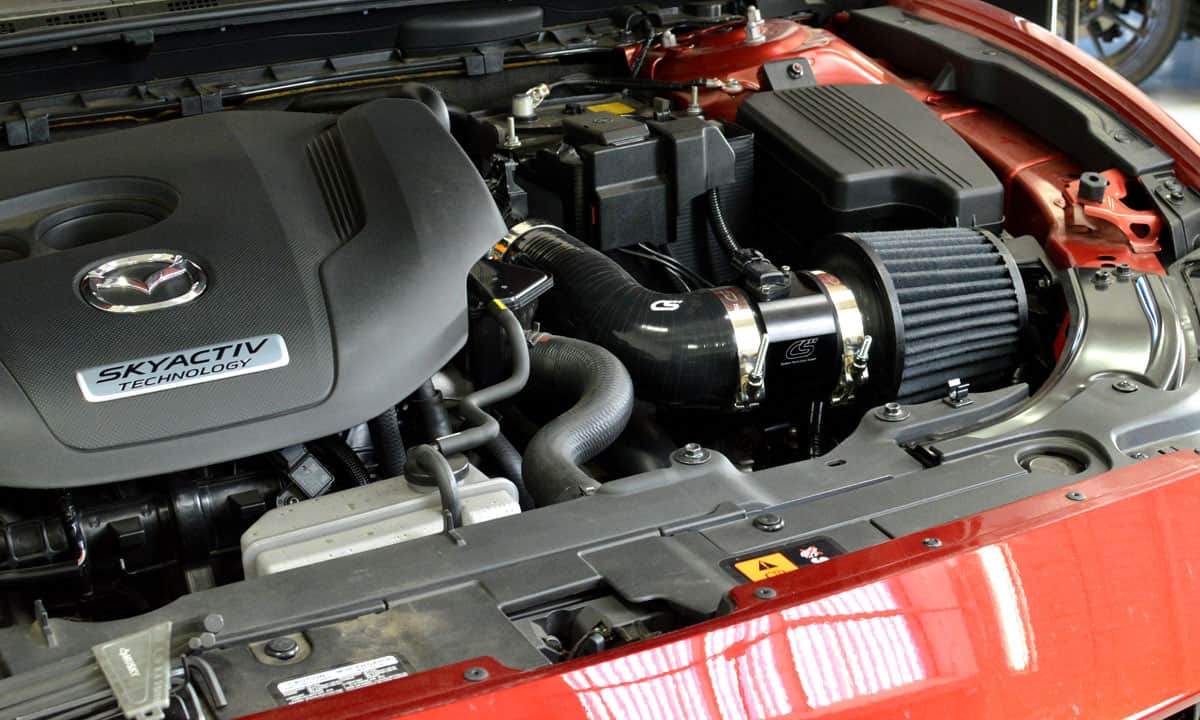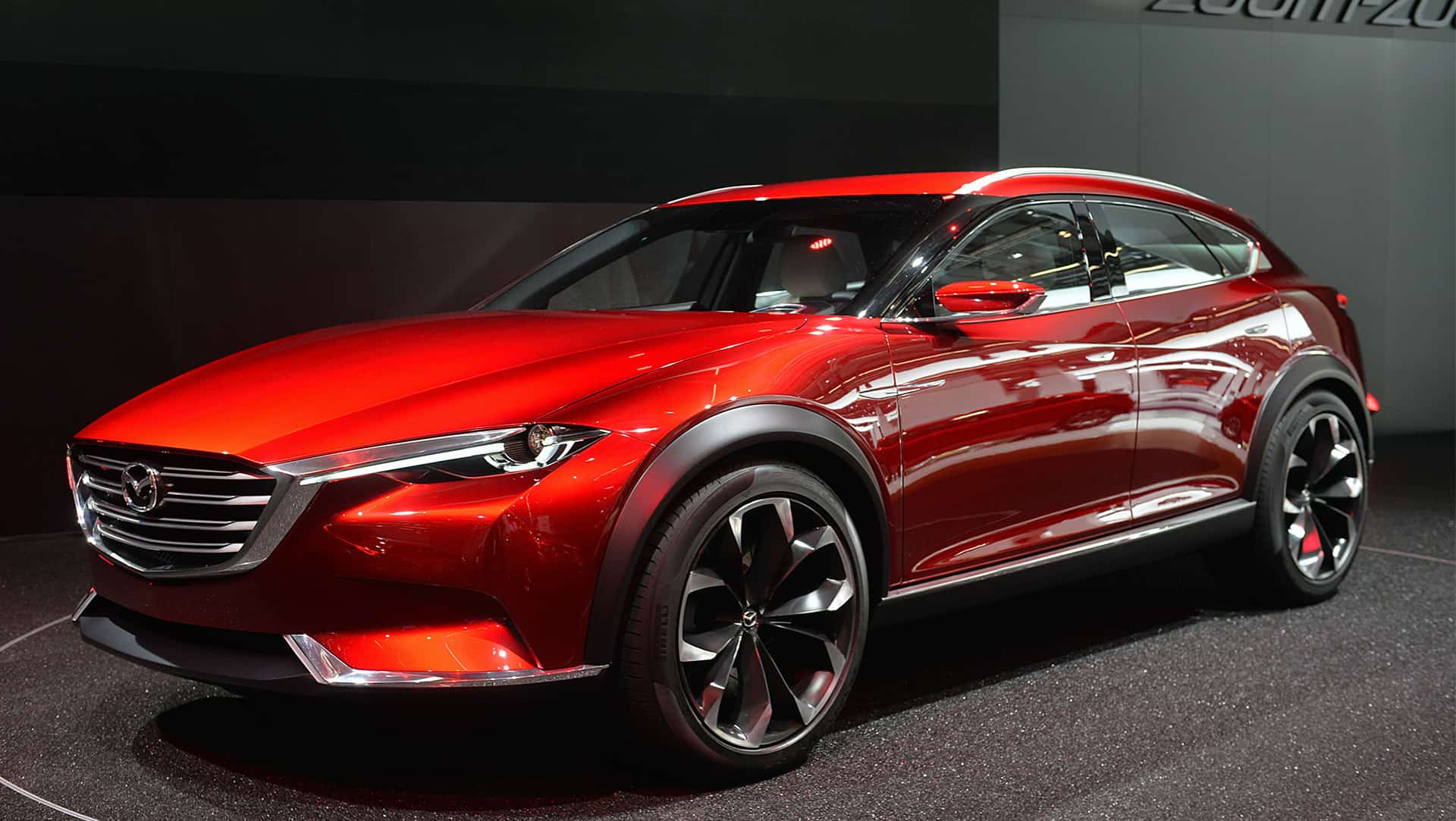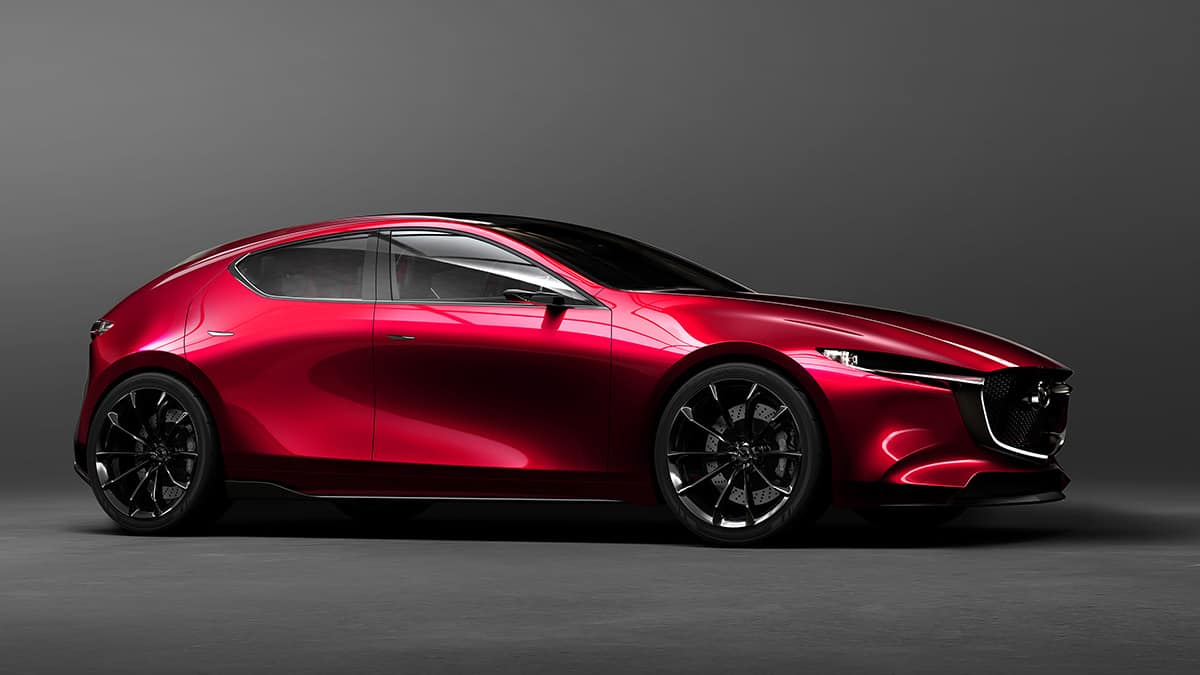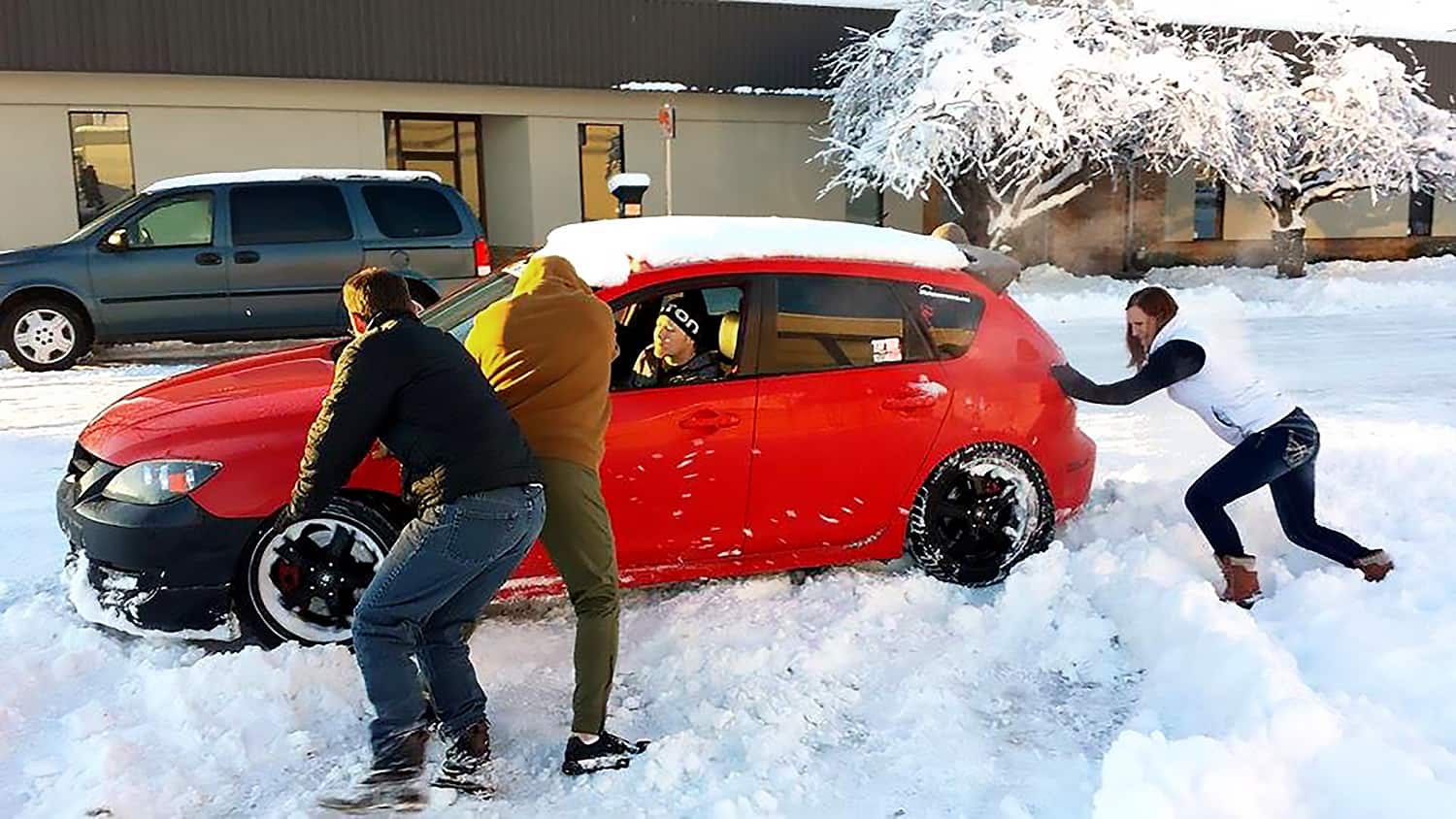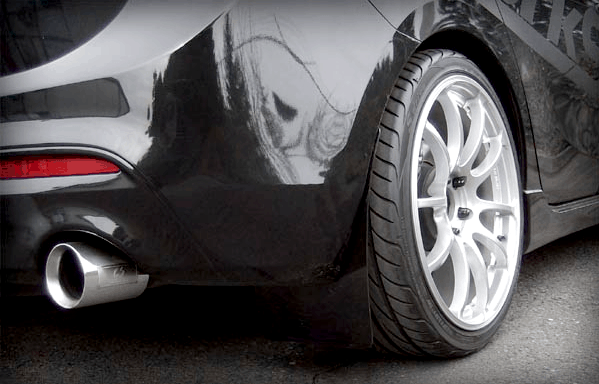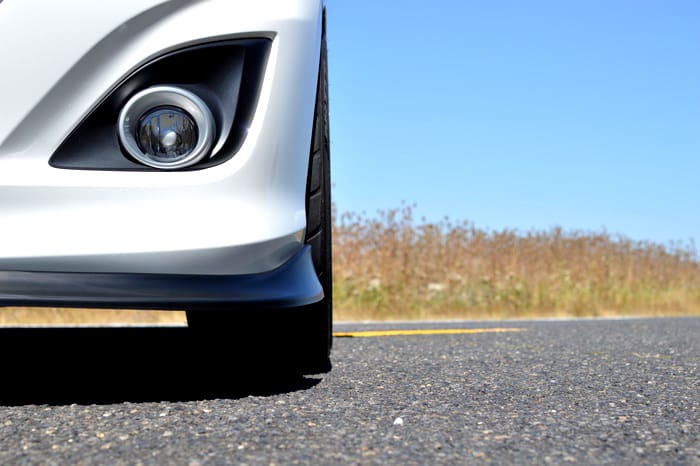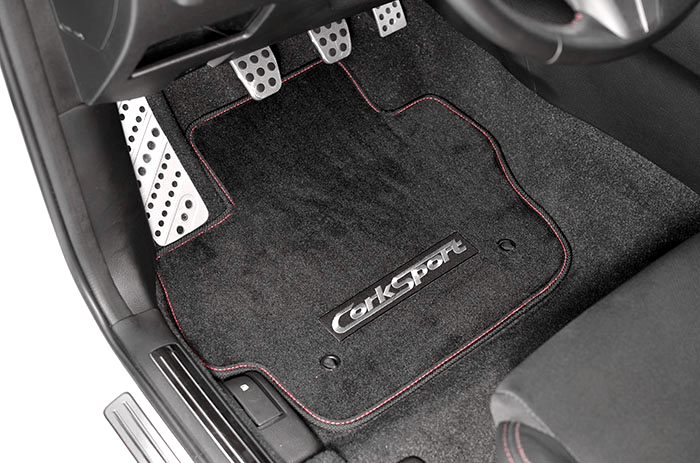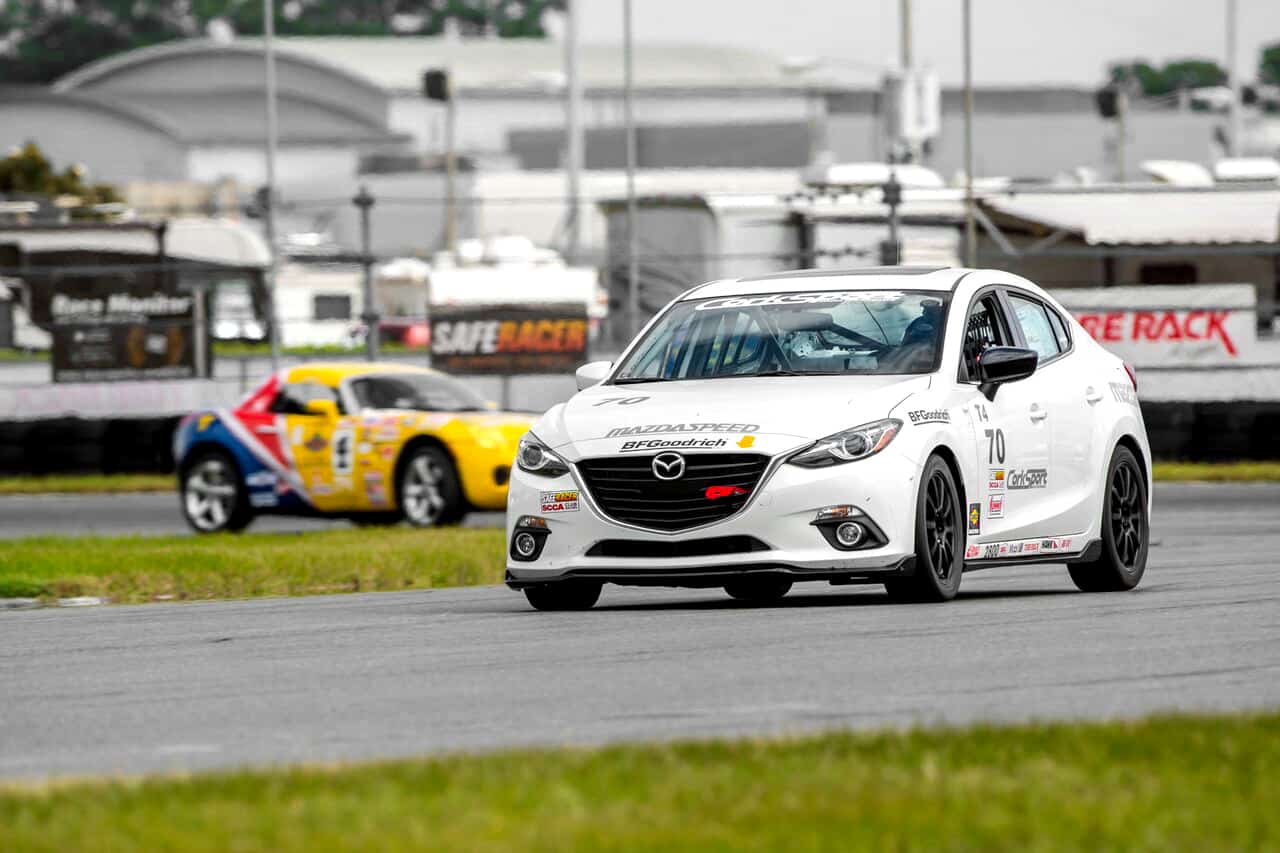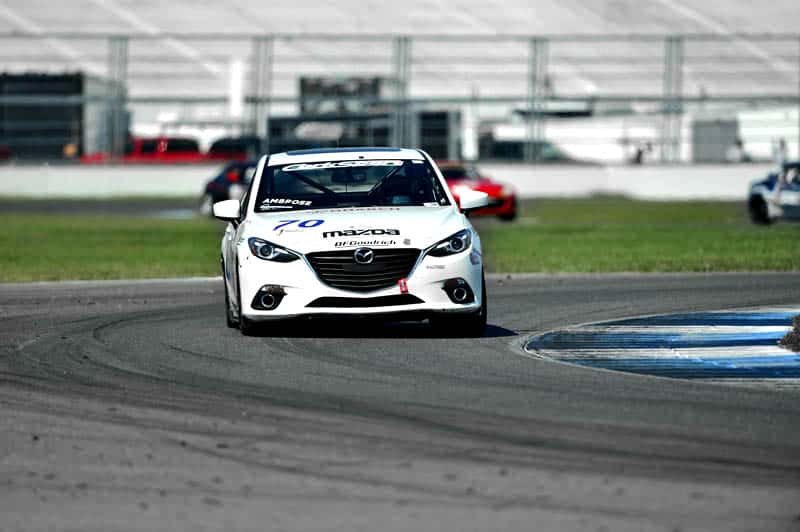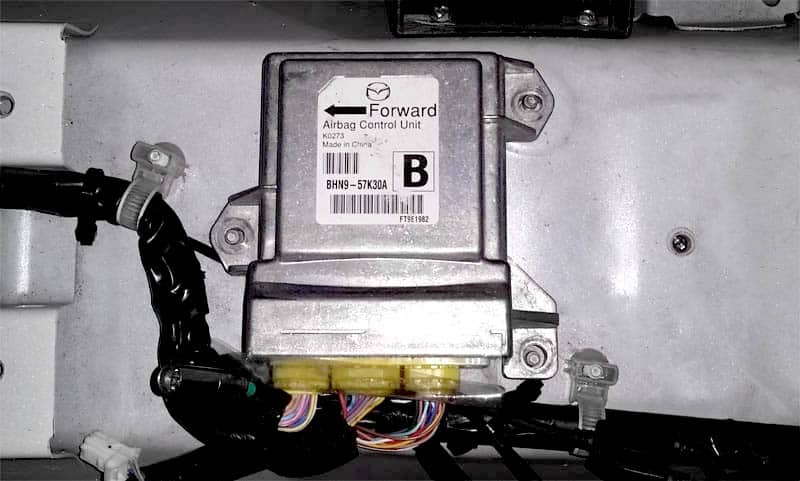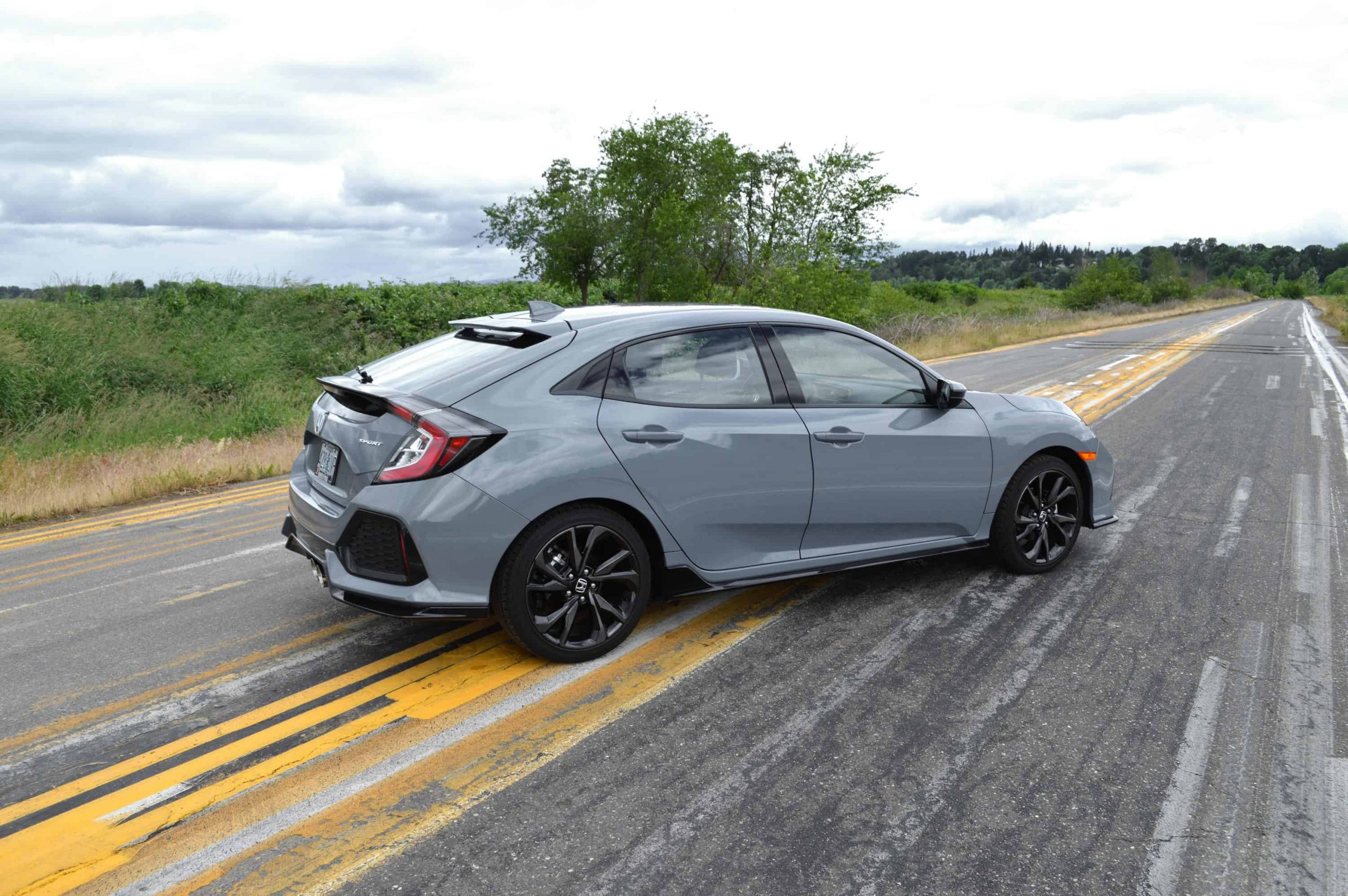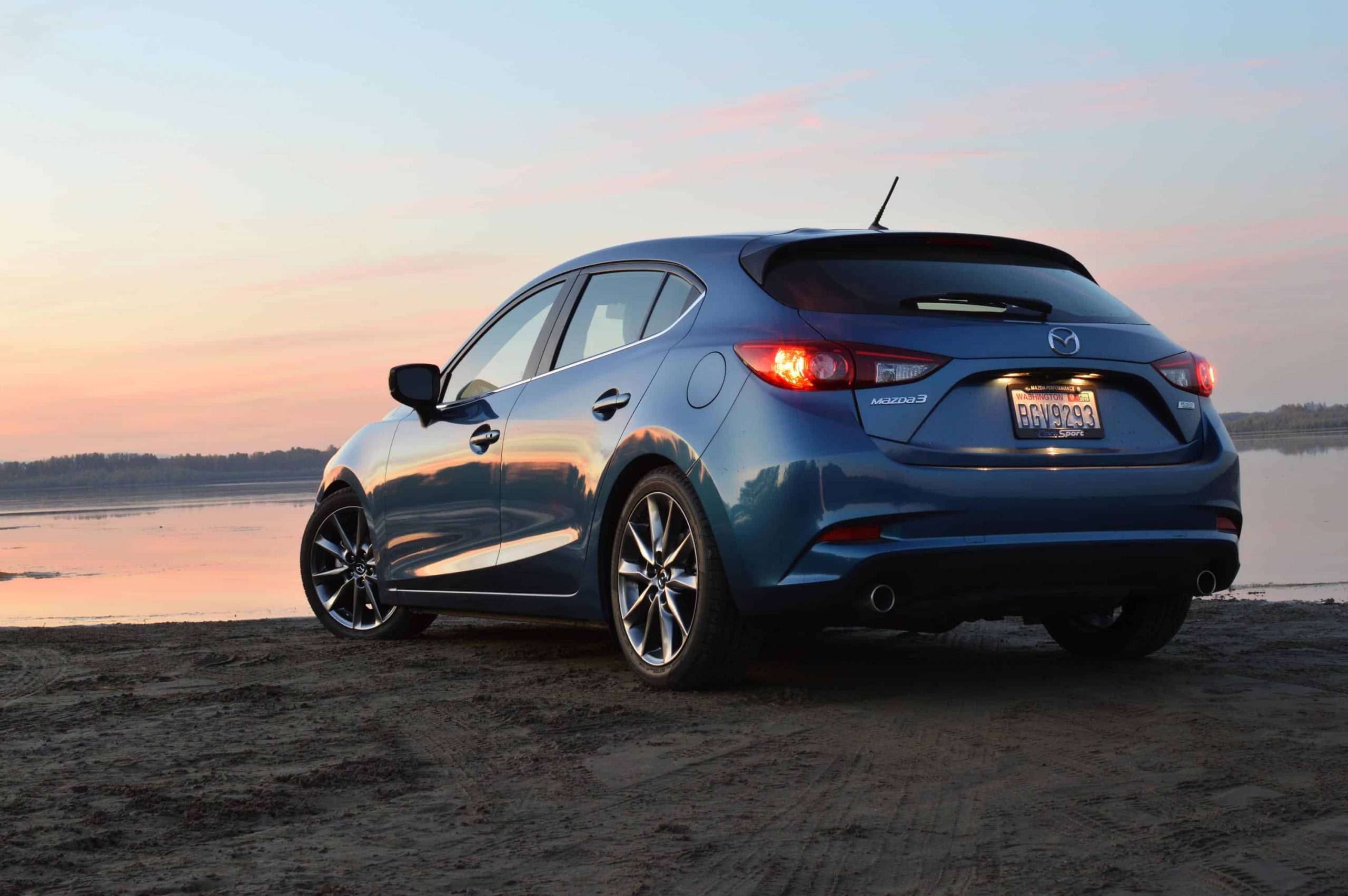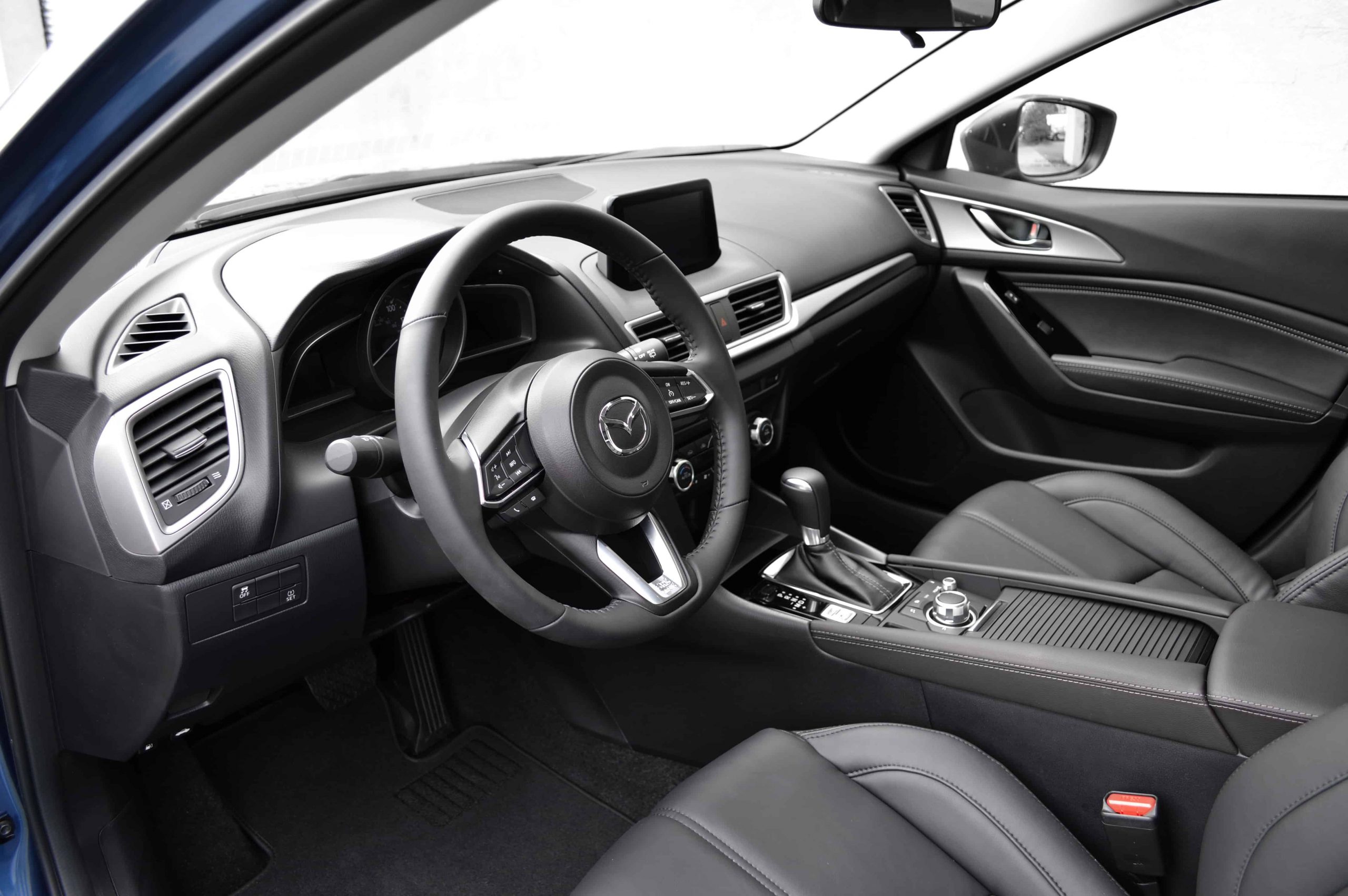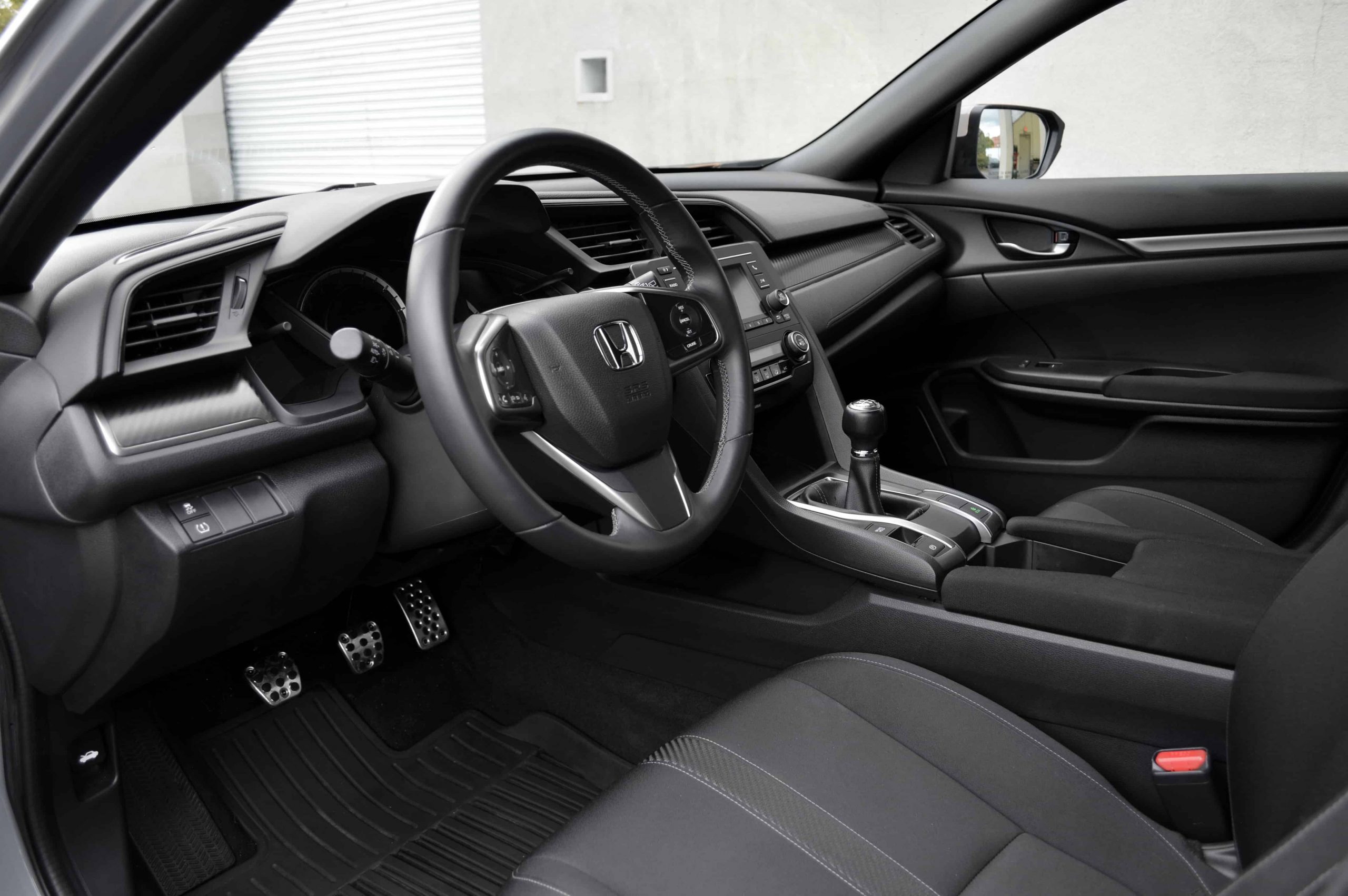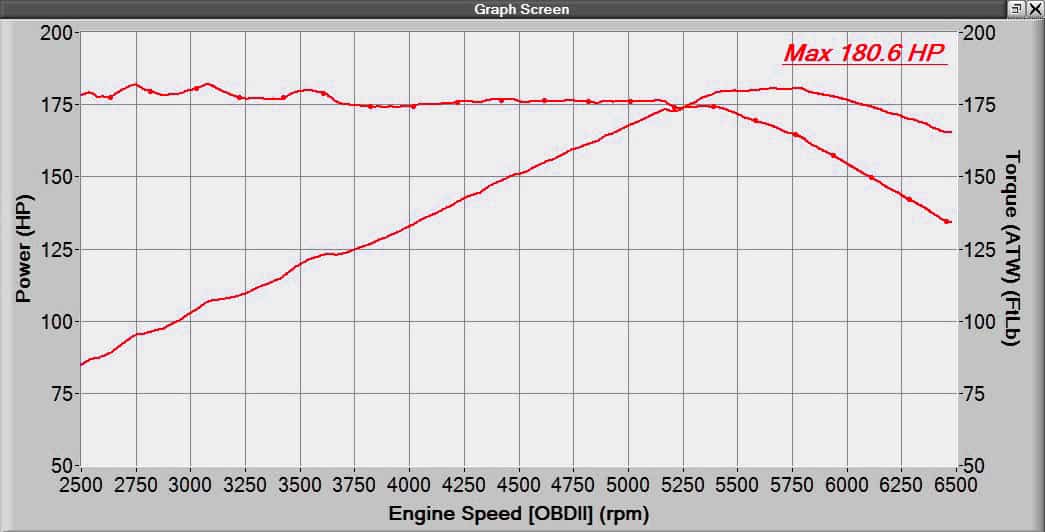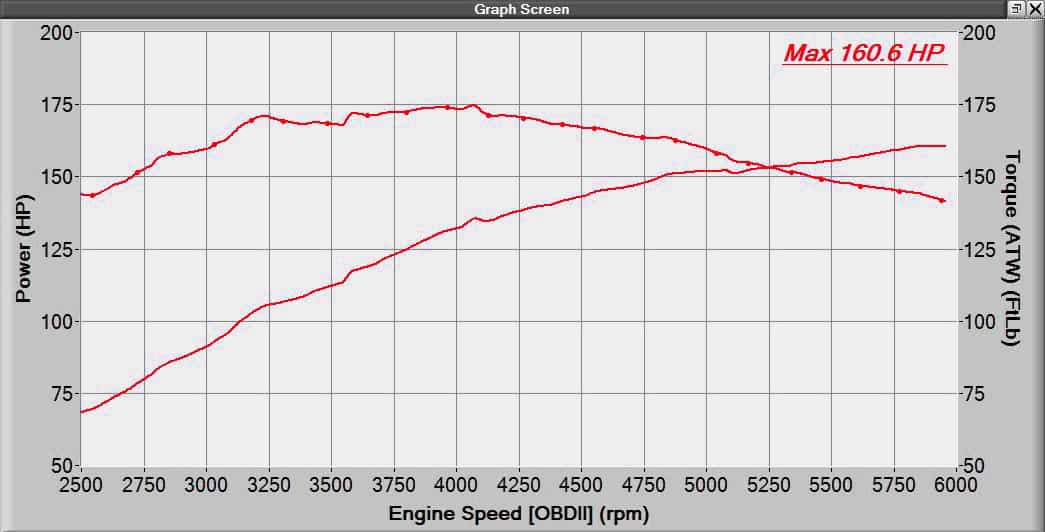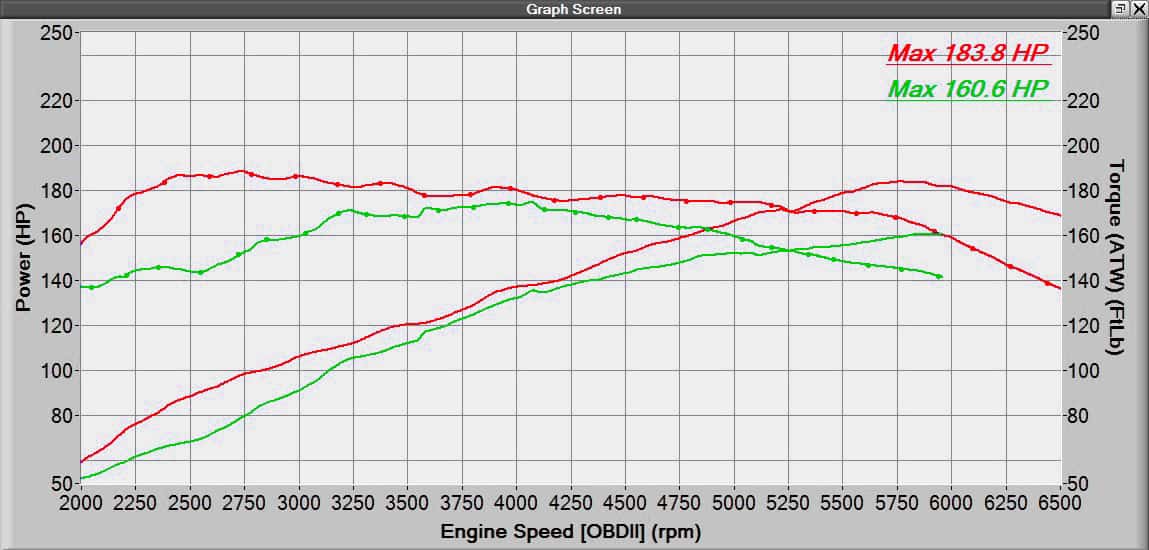Cold air intake systems, are they necessary? Are they worth the extra cost? Does it matter if the engine is turbocharged or not? Will the engine or its performance be hurt without one? We have repeatedly seen these questions on forums and social media groups regarding Mazda’s 3rd and 4th Generation Mazda 3 & 6. To help the Mazda community grow and learn about their cars and what to do with them, we have written a blog that we hope will help shed some light on these questions and others.

Most importantly, you will NOT hurt your engine if you use an SRI only on Turbo or Non-Turbo applications.
What are the typical intake systems available for your Mazda? At CorkSport, we have two primary intake system setups: Short Ram Intake (SRI) System and Cold Air Intake (CAI) System. It is essential to distinguish between the two because you (the Mazda enthusiasts) will ultimately decide which system to use.
Short Ram Intake (SRI) System:
This CorkSport system consists of a filter, billet MAF housing, silicone coupler, a few clamps, and may or may not have a mounting bracket (depending on the application). This system is efficient and straightforward (an unrestricted airflow path increases power). This system removes the factory airbox and snorkel (optional). The cost is very effective for the results and provides excellent induction sounds.
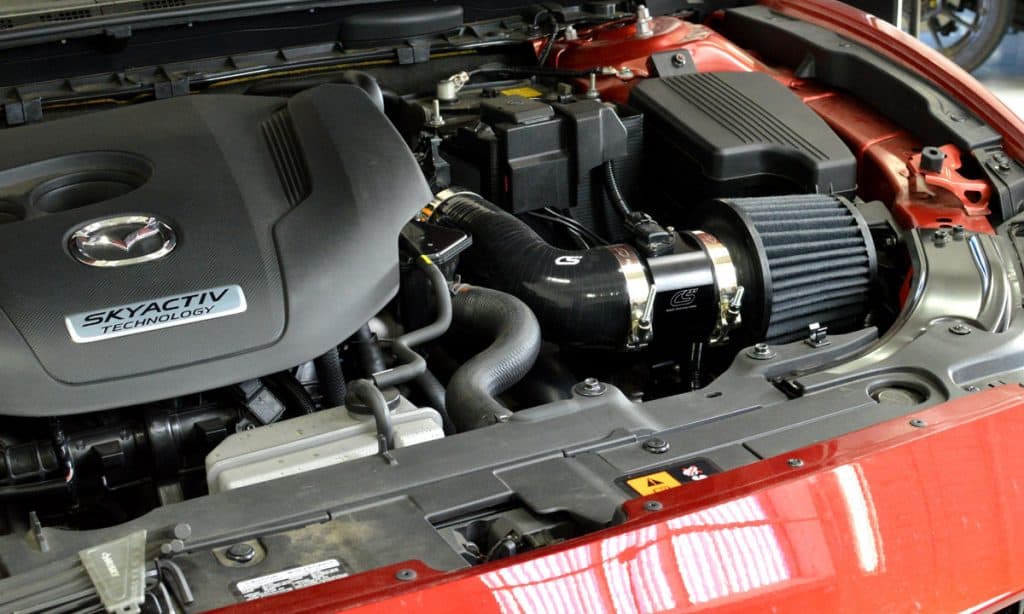
Cold Air Intake (CAI) System:
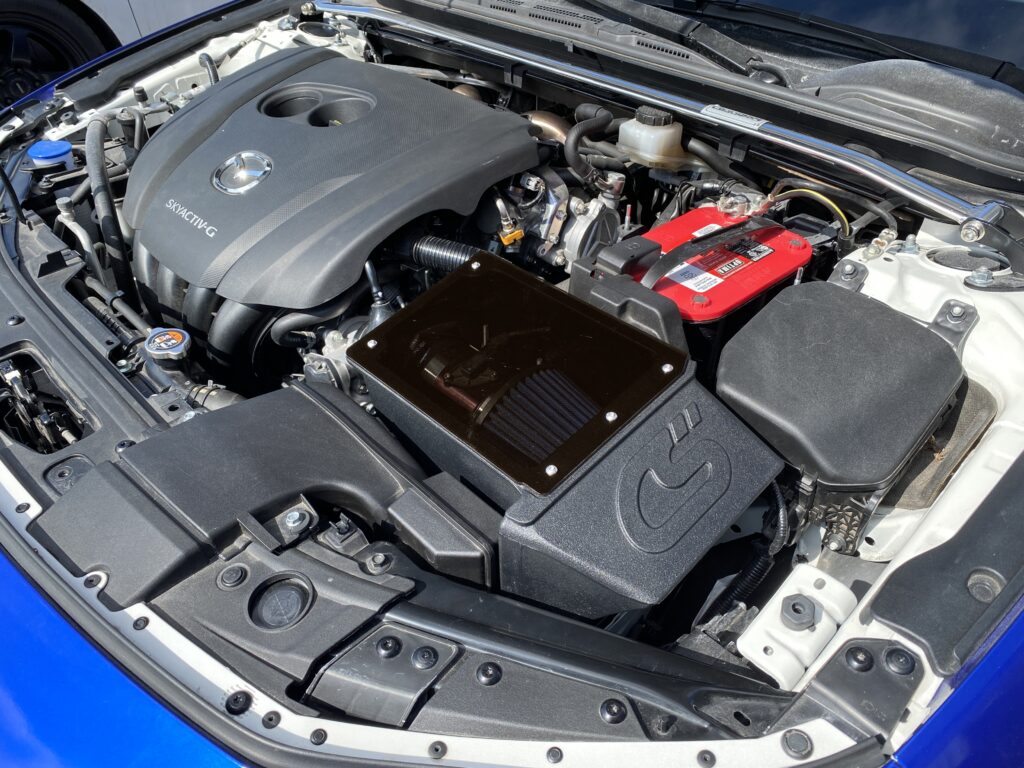
CorkSport’s system consists of the SRI (as mentioned above) plus a heat shield or airbox designed to keep the engine bay heat away from the intake system’s inlet and help direct cold air induction. This system removes the factory airbox and may or may not reuse the factory snorkel. The cost will be higher than a short ram intake due to the additional components involved and may muffle some of the induction noises but provide better heat control.
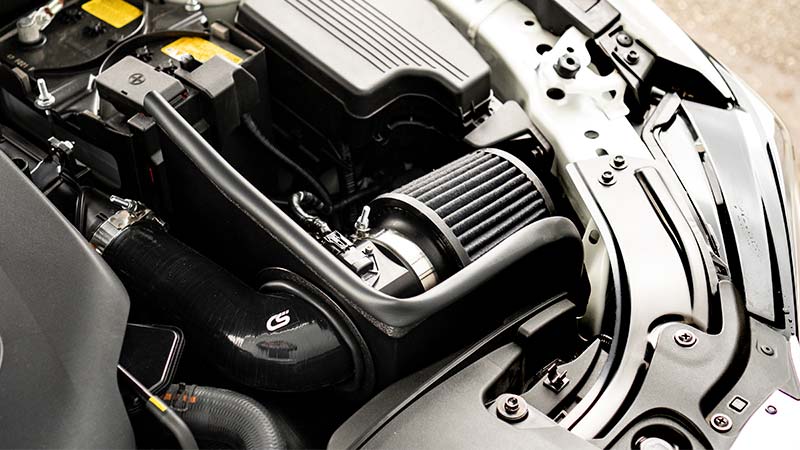
OK, is a Cold Air Intake System worth the extra cost and complexity? Does it do anything? Well, in our opinion, yes and no. We have tested this, and we have proven that a heatshield does improve (read reduce) “heat soak” of the intake system, BUT not in the ways most people expect. Below is some data from our 2018 Mazda 6 Turbo SRI and then also with our SRI + Heat Shield:
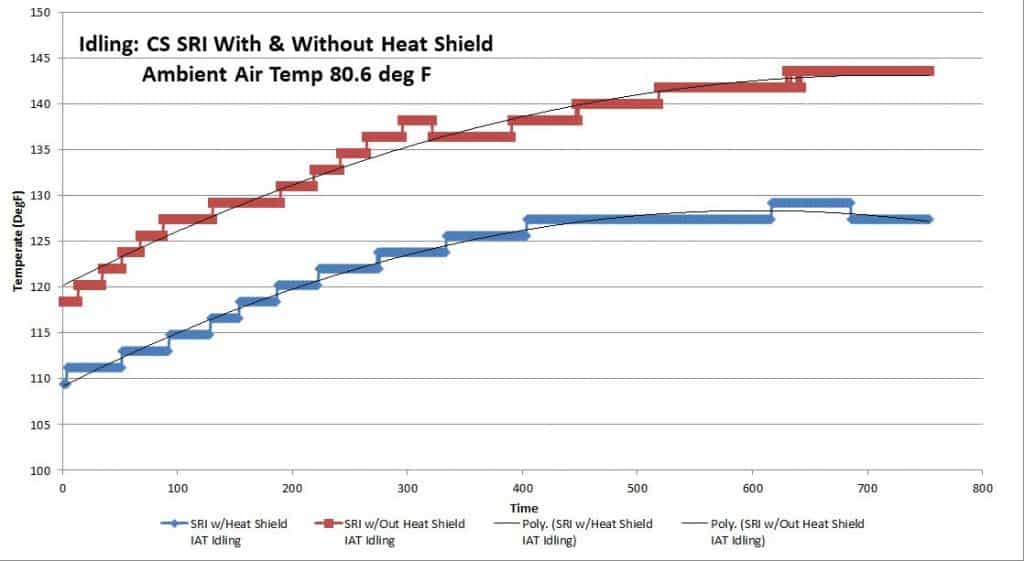
This first graph shows the vehicle idling for a period of time, much like sitting at a stoplight or in traffic. The red graph shows the short ram intake only, and the blue chart shows the SRI+Heat Shield. It’s pretty apparent the heat shield is helping reduce the amount of engine bay heat being ingested by the intake while the vehicle is sitting. The maximum temperature delta is approximately 15-20deg F. That’s a respectable improvement, and this lower amount of heat soak should, in theory, improve the vehicle’s acceleration from a complete stop. Now let’s look at a graph that combines idling and acceleration up to 50mph
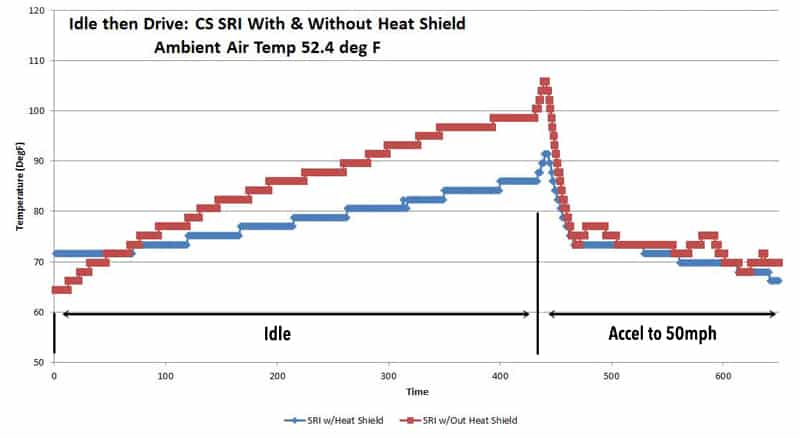
The second graph indicates similar data for the stationary idling period, but more importantly, is what the data tells us once the vehicle starts moving. You see a small spike for both systems (this is due to the engine suddenly ingesting more air), then you see the air temp drop rapidly as the vehicle increases in speed. The vehicle’s forward motion/speed is important because that is how fresh cool ambient air enters the engine bay.
You’ll notice that both the red and blue graphs meet at the same point after the rapid cooling then have a small amount of fluctuation. In a nutshell, both the SRI and SRI+Heat Shield perform about the same once the vehicle is moving. Again, they perform almost identically once the car is rolling.
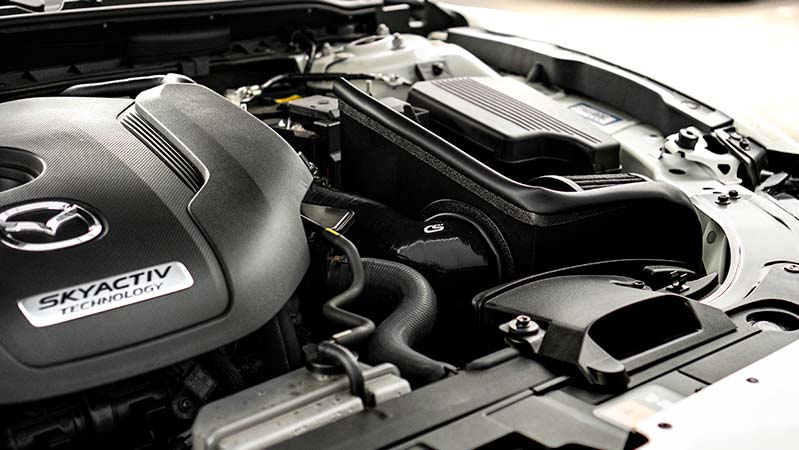
Next question, does it matter if the vehicle is turbocharged or not? Before we answer that, let’s go over the differences between turbocharged and non-turbocharged systems.
Turbocharged:
The engine is equipped with a turbocharger and an intercooler system to cool the boosted air temperatures before entering the engine. The intercooler system is required to negate the by-product of turbocharging an engine (and thus boost), which is heat. The airflow path is intake -> turbo -> intercooler -> engine.
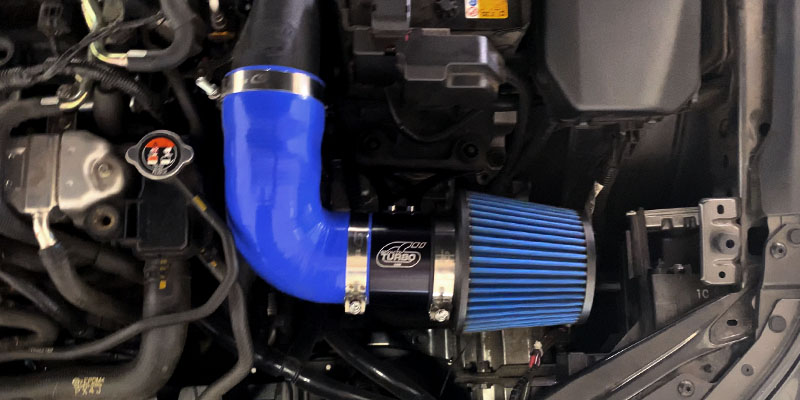
In a turbocharged engine, the need for and use of a Cold Air Intake System is typically not deemed necessary or very useful. The turbocharger superheats the cooler air it receives from the intake before passing it to the intercooler. The boosted air exiting the turbo is substantially hotter than the ambient air temperatures in your engine bay before it enters the intake – especially true while the vehicle is moving.
More focus is placed on performance improvements of the intercooler system because that is the primary method to cool the incoming boosted (read “hot”) airflow before it enters the engine. The use of a cold air intake system has little effect on the resulting boost air temps, so the cost-effectiveness is not great. This is precisely why the Mazdaspeed platform focuses on increasing the intake size (ingesting more air = more power), adding a larger turbo (more boost), and increasing the size of the intercooler (additional surface area for cooling) coupled with a professional tune to maximize power.
Non-Turbocharged:
The engine is not equipped with a turbocharger and, therefore, does not require an intercooler system. The airflow path is more direct and does not have a cooling system built-in; intake -> engine.
Have a Non-Turbo with our SRI – Check out our new 2019+ Mazda 3 Cold Air Box to keep temps cool!
Since there is no intercooler to cool the incoming air (it’s not needed), the best way to improve air density and performance is with cooler air entering the engine directly. So, a cold air intake on a non-turbo engine can be helpful – especially in warmer climates.

Let’s Recap:
In either turbo or non-turbo applications, a heat shield or CAI system will provide varying degrees of benefit in some driving situations. For a turbo application specifically, the usefulness of the CAI system is marginal due to the turbo heating the air it receives from the intake. Instead, investing in a short ram intake and performance intercooler system is a much better plan.
For the non-turbo applications, a cold air intake system is a worthwhile investment because the airflow path is so much more direct, and it’s the only way to help reduce intake air temps and thus increase air density which equals power.
We hope this has been a helpful and educational blog and lends support as you decide the right path for you and your Mazda! Thanks for tuning in!
Connect with us
You may also Like
- It’s Go Time with The Mazda 6 Turbo Kit
- Mazda 6 Turbo and CX-9 Short Ram Intake
- Flow Test Results – Mazdaspeed 3 FMIC for SRI vs Ram Air


